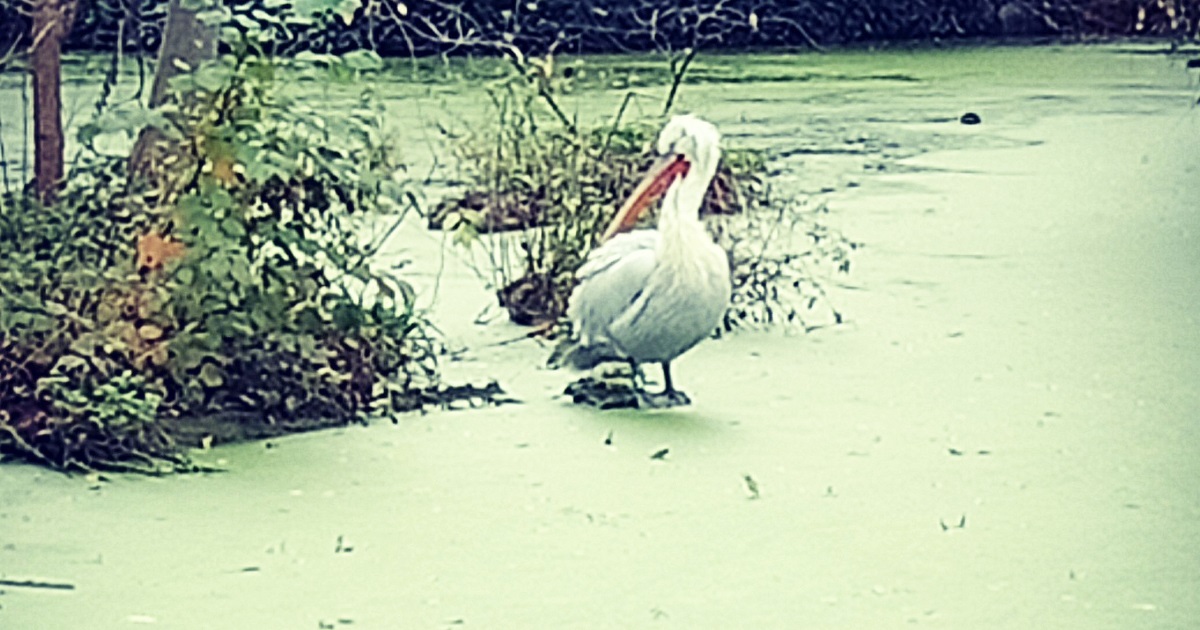Duckweed: Research Meets Applications—2nd Edition
A special issue of Plants (ISSN 2223-7747).
Deadline for manuscript submissions: closed (30 June 2025) | Viewed by 26654

Special Issue Editors
Interests: duckweed research; plant ecophysiology; aquatic ecotoxicology
Special Issues, Collections and Topics in MDPI journals
Interests: duckweed research and applications
Special Issues, Collections and Topics in MDPI journals
Interests: duckweed research and applications
Special Issues, Collections and Topics in MDPI journals
Special Issue Information
Dear Colleagues,
Duckweeds or water lentils are the smallest angiosperms belonging to the family Lemnaceae. Besides their basic role in aquatic ecosystems, they offer a suitable model for ecologists, physiologists, geneticists, molecular biologists, and researchers of many other fields. Moreover, from a practical point of view, they can help in coping with various aspects of the current humanitarian and environmental crisis, serve as indicators for environmental monitoring (biomonitoring), help in removing water pollutants (phytoremediation), and provide valuable biomass for easing worldwide protein shortages or the hunger for renewable energy.
The recent bloom of duckweed-related research reflects this versatility and conveys an ever-deepening knowledge on these tiny creatures, sometimes making it difficult, even for experts in the field, to keep up with the pace. We edited a Special Issue “Duckweed: Research Meets Applications” with the aim of providing a comprehensive update of the current progress in duckweed research and applications. This Special Issue has been very well received by the duckweed community and, in total, 39 papers were published in MDPI’s Plants journal and comprehensively published in an e-book (ISBN978-3-0365-9068-4). We hope that this overview is of interest to all those involved in basic research or potential applications of duckweeds, and will also attract researchers from various other fields.
https://www.mdpi.com/journal/plants/special_issues/duckweed
We now seek to launch a second volume of the Special Issue “Duckweed: Research meets Applications II”, especially (but not exclusively) for participants of the 7th International Conference on Duckweed Research and Applications, in Bangkok, Thailand, from 12 to 15 November 2024 (https://www.7icdra2024.com/). Contributions in the form of both original research papers and reviews from a broad scope of disciplines related to duckweed research and applications (e.g., morphology, taxonomy, and ecology), including ecological interactions, ecotoxicology, environmental monitoring and remediation, physiology, biochemistry, genetics, omics, biotechnology, as well as biomass production and its uses, are welcome. We also encourage reports on large-scale cultivation and applications.
Dr. Viktor Oláh
Dr. Klaus-Jürgen Appenroth
Dr. Sowjanya Sree Kandregula
Guest Editors
Manuscript Submission Information
Manuscripts should be submitted online at www.mdpi.com by registering and logging in to this website. Once you are registered, click here to go to the submission form. Manuscripts can be submitted until the deadline. All submissions that pass pre-check are peer-reviewed. Accepted papers will be published continuously in the journal (as soon as accepted) and will be listed together on the special issue website. Research articles, review articles as well as short communications are invited. For planned papers, a title and short abstract (about 250 words) can be sent to the Editorial Office for assessment.
Submitted manuscripts should not have been published previously, nor be under consideration for publication elsewhere (except conference proceedings papers). All manuscripts are thoroughly refereed through a single-blind peer-review process. A guide for authors and other relevant information for submission of manuscripts is available on the Instructions for Authors page. Plants is an international peer-reviewed open access semimonthly journal published by MDPI.
Please visit the Instructions for Authors page before submitting a manuscript. The Article Processing Charge (APC) for publication in this open access journal is 2700 CHF (Swiss Francs). Submitted papers should be well formatted and use good English. Authors may use MDPI's English editing service prior to publication or during author revisions.
Keywords
- duckweed Lemnaceae
- physiology genetics
- omics phylogenetics ecology
- ecotoxicology
- remediation biomass
Benefits of Publishing in a Special Issue
- Ease of navigation: Grouping papers by topic helps scholars navigate broad scope journals more efficiently.
- Greater discoverability: Special Issues support the reach and impact of scientific research. Articles in Special Issues are more discoverable and cited more frequently.
- Expansion of research network: Special Issues facilitate connections among authors, fostering scientific collaborations.
- External promotion: Articles in Special Issues are often promoted through the journal's social media, increasing their visibility.
- Reprint: MDPI Books provides the opportunity to republish successful Special Issues in book format, both online and in print.
Further information on MDPI's Special Issue policies can be found here.








